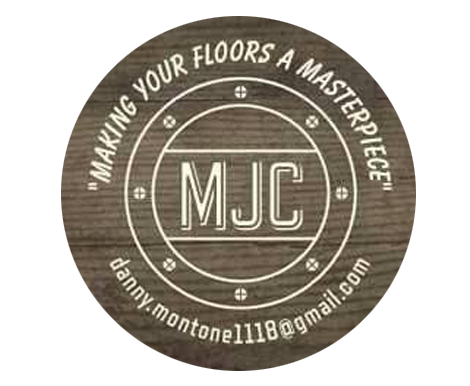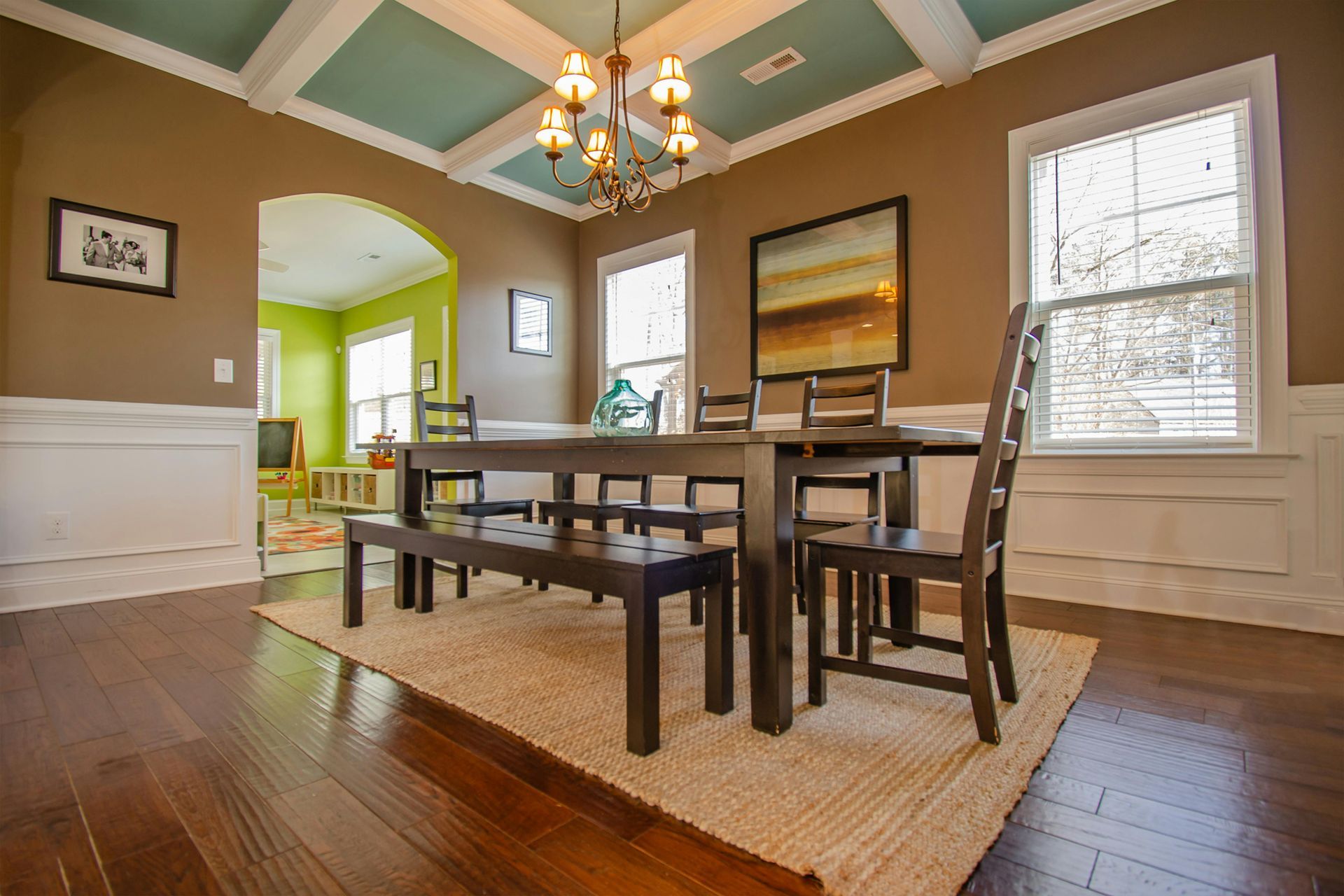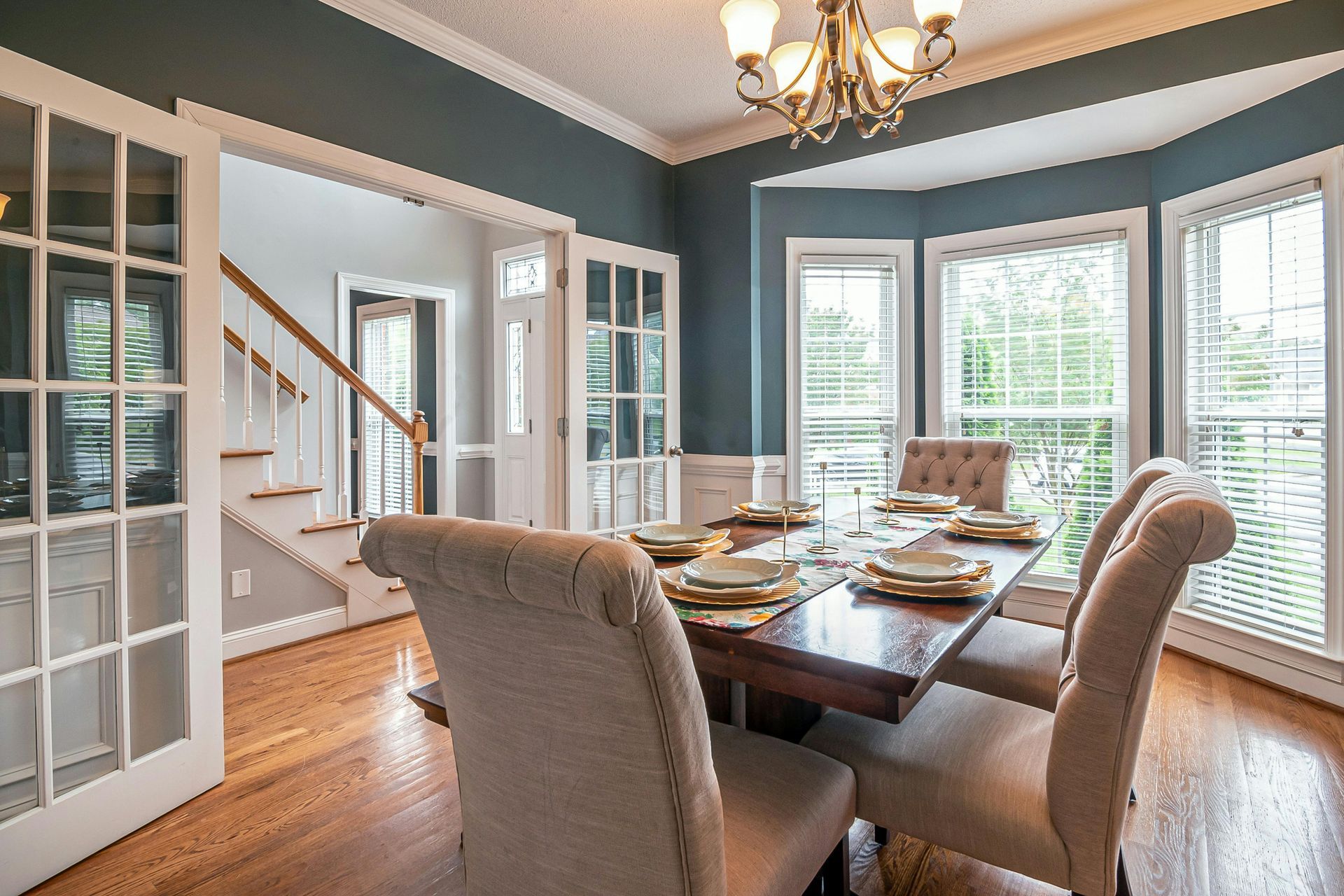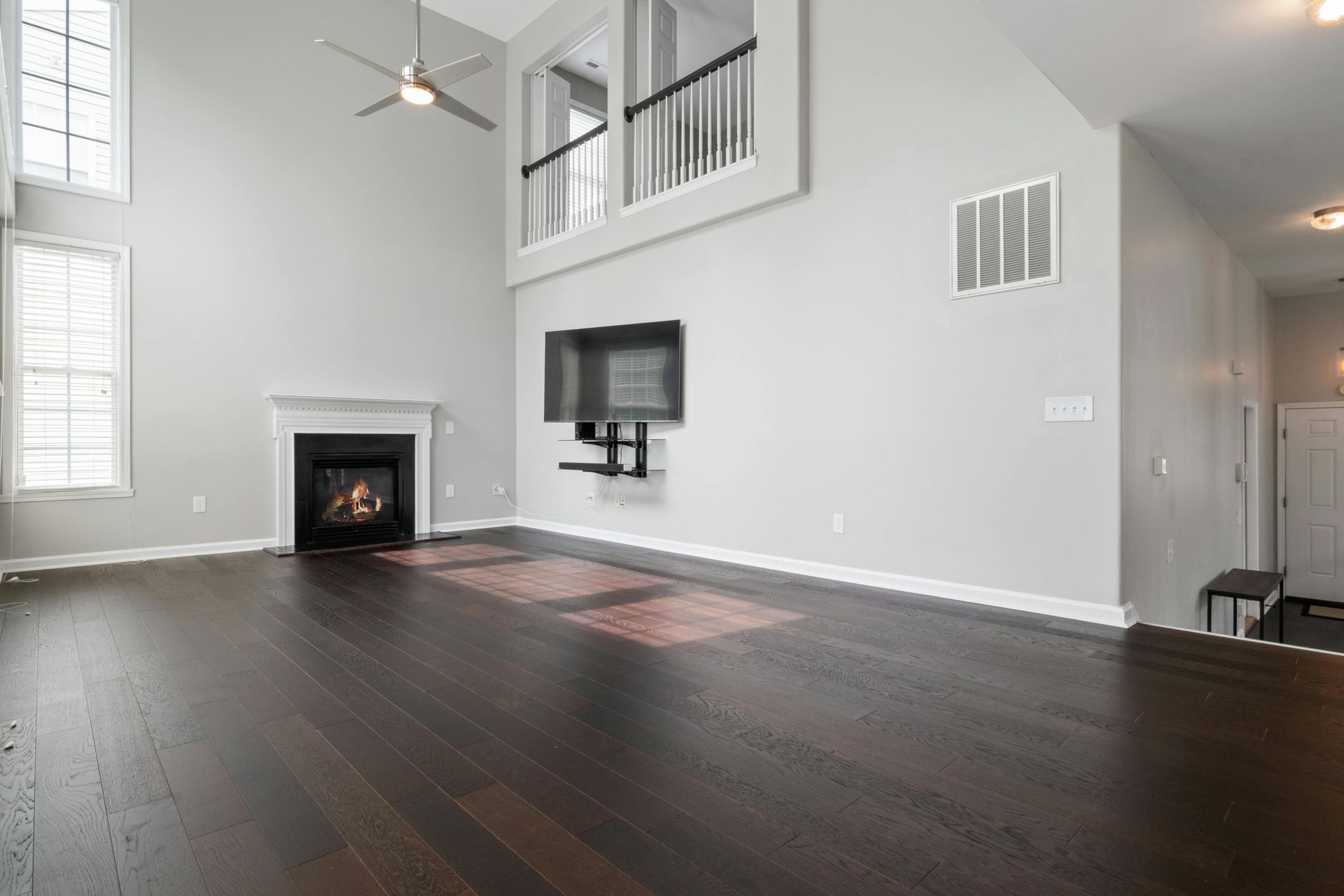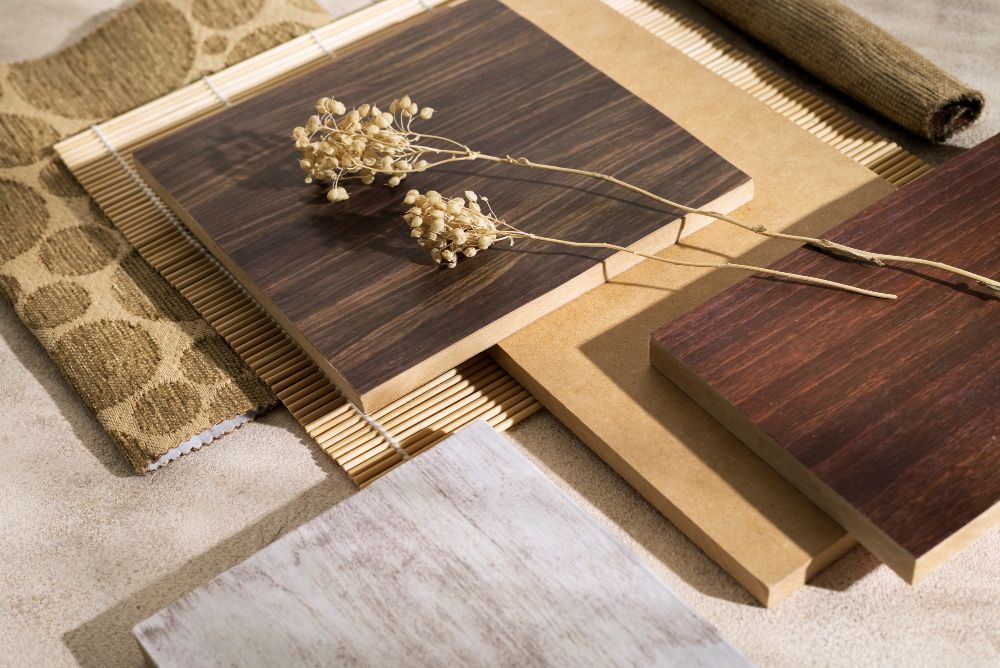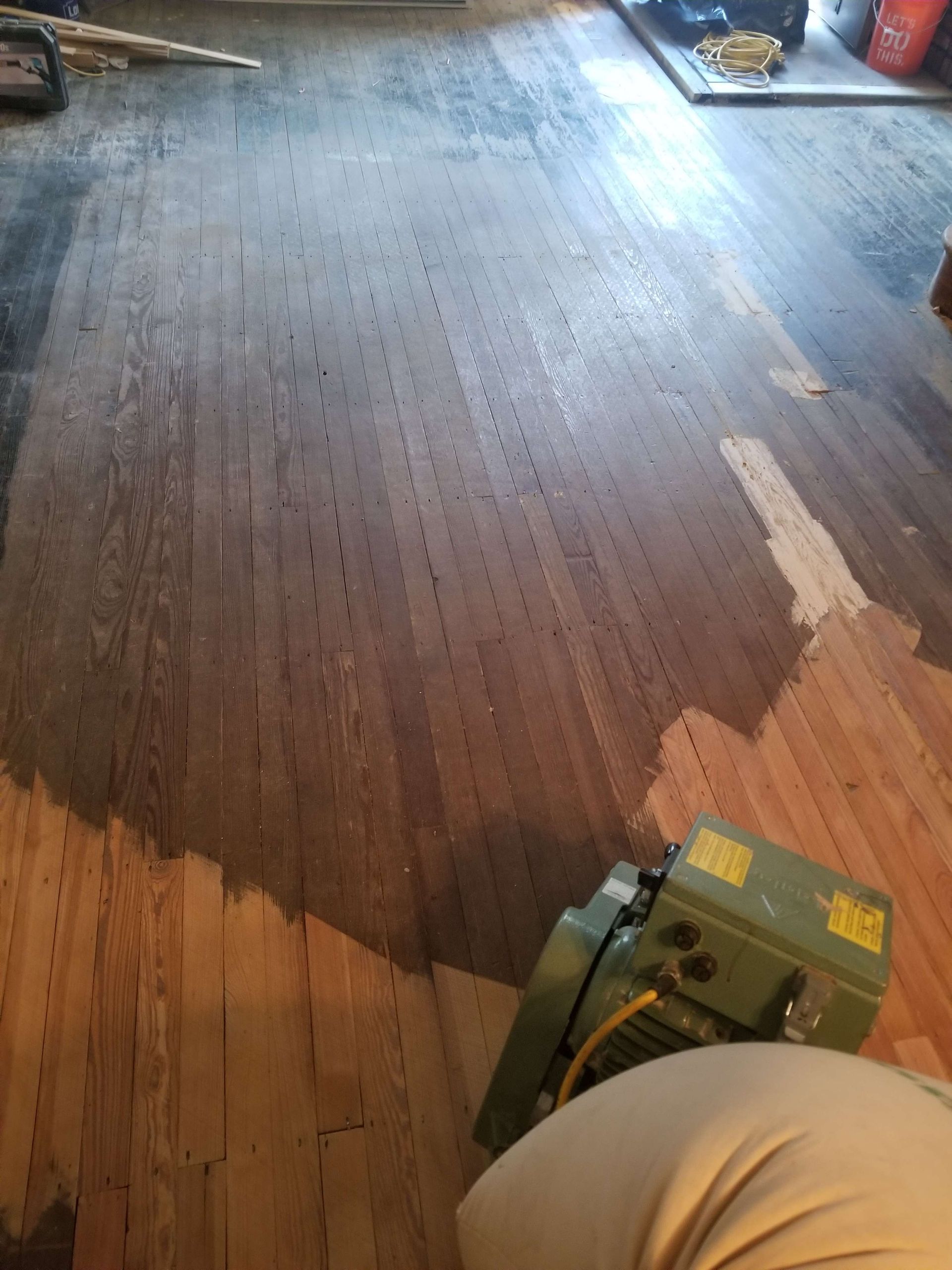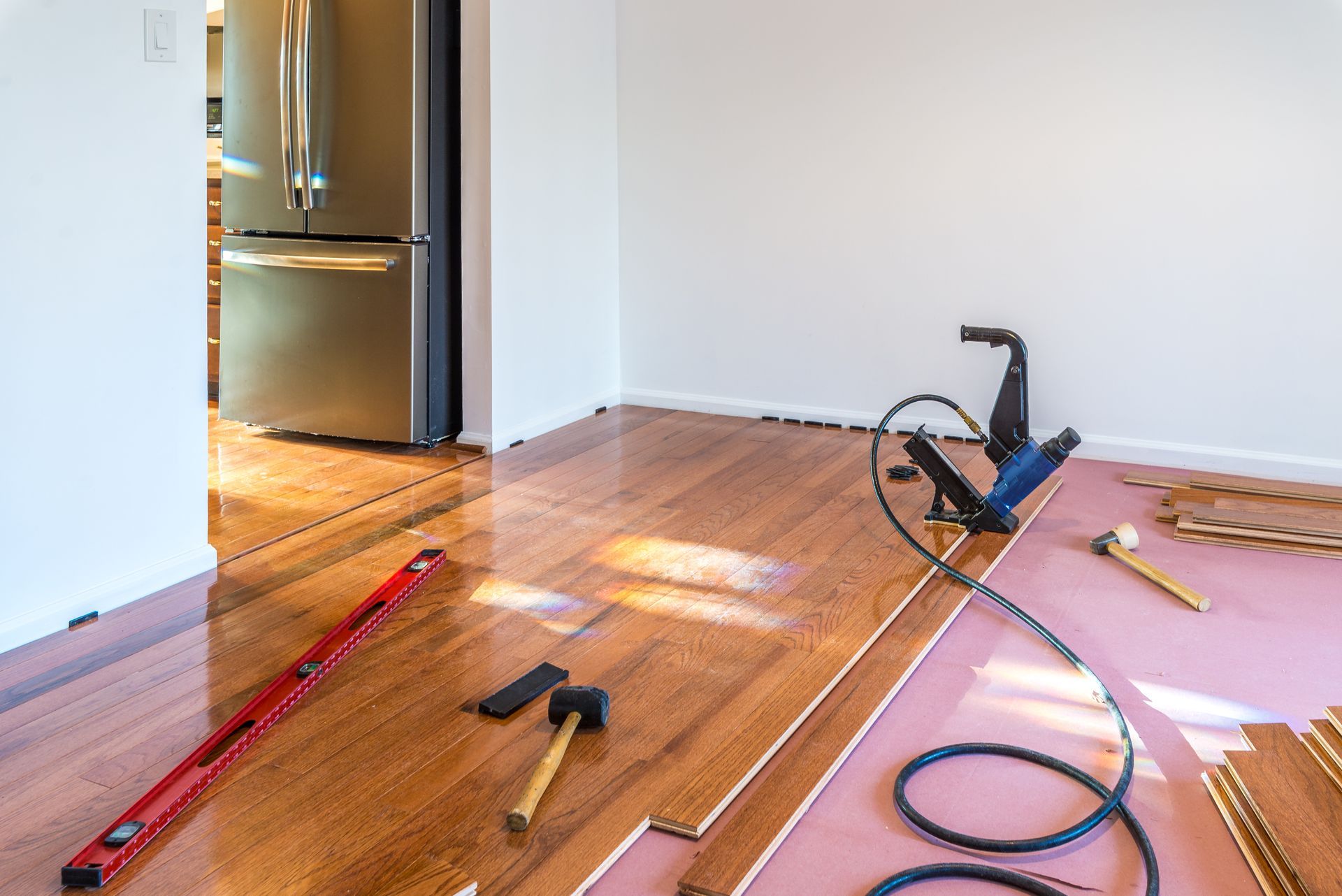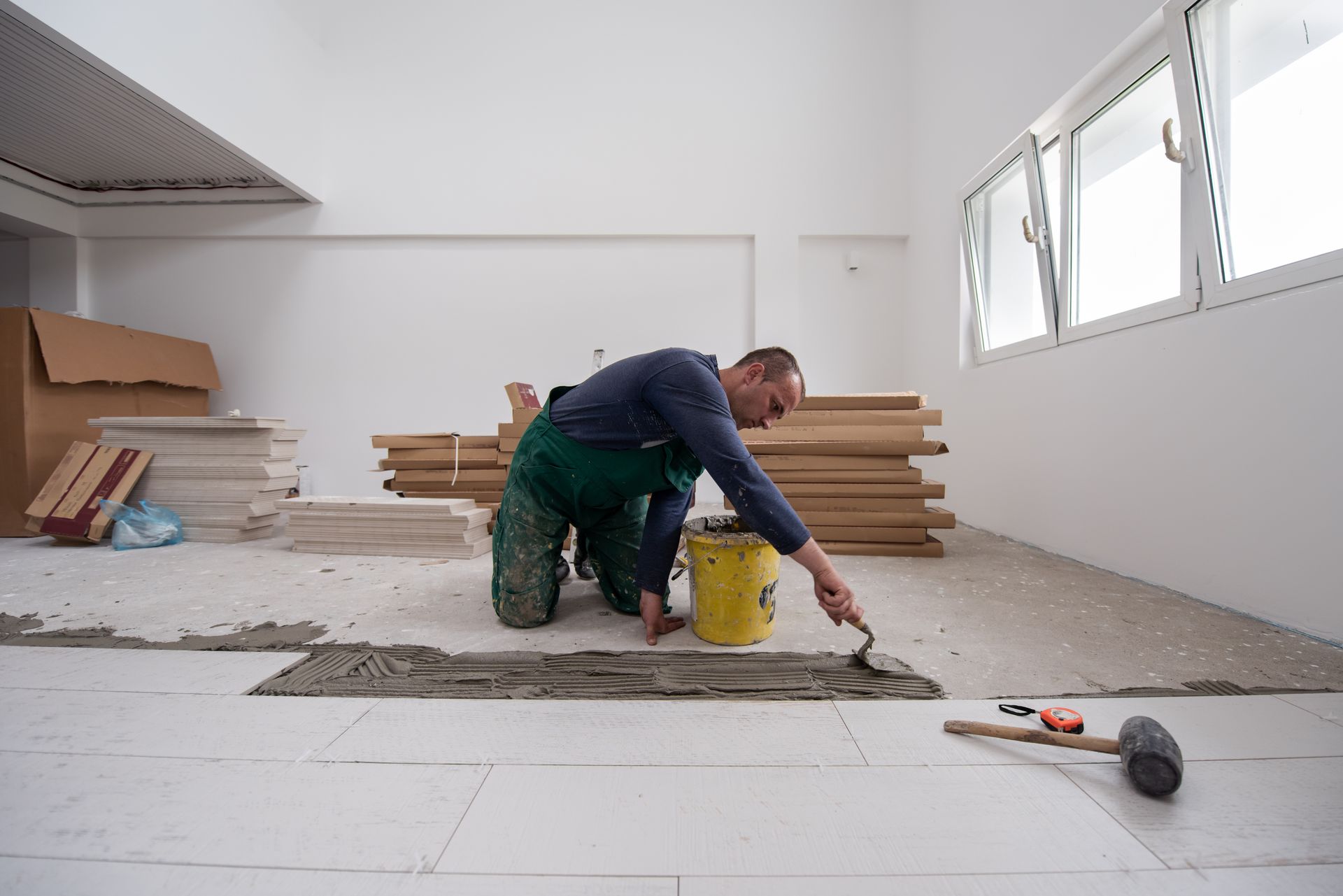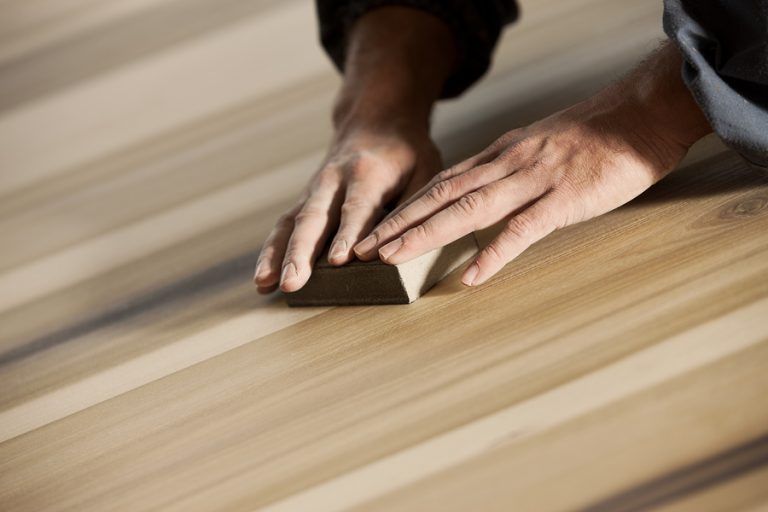Hardwood Floor Restoration: How Refinishing Wood Floors Can Bring Your Space Back to Life
Nothing quite matches the classic beauty of hardwood floors. They’re timeless, durable, and full of character — but they’re not invincible. Years of wear and tear, water stains, furniture scuffs, and everyday traffic can dull their shine and rob your space of its warmth. The good news? You don’t need to tear everything out and start over. hardwood floor restoration is the secret weapon to breathe life back into your home, and Refinishing Wood Floors is often the hero of the story.
Let’s walk (on freshly refinished floors, of course) through how
hardwood floor refinishing works, what you can expect, and why it might just be the upgrade your home’s been begging for.
Why Hardwood Floor Restoration Matters More Than You Think
Hardwood floors do a lot of heavy lifting in your home. They handle dirty shoes, pet claws, sliding chairs, toddler stampedes, and the occasional dance party. Over time, all that action leaves its mark — scratches, dullness, discoloration, and even minor warping.
But here’s the thing: those scars don’t mean your floors are beyond hope. In fact, most hardwood floors can be restored to like-new condition through hardwood floor refinishing. Think of it as a spa day for your floors. You’re not replacing them, just giving them a serious glow-up.
Some benefits of restoring your hardwood floors:
- Cost-effective: Refinishing is far less expensive than a full replacement.
- Eco-friendly: Keep your existing materials out of the landfill.
- Customizable: You can change the stain color for a whole new vibe.
- Adds value: Refinished floors are a selling point if you ever list your home.
It’s not just about looks (though the results are beautiful). Restoring your hardwood also helps prevent further damage and extends the life of your flooring for decades to come.
The Refinishing Process: What Really Happens When You Refinish Wood Floors
You might think refinishing wood floors just means slapping on a coat of stain and calling it a day. But it’s a bit more involved — and much more satisfying when done right.
Here's what typically happens during Hardwood Floor Refinishing:
- Inspection and Prep: The floors are inspected for damage, loose boards, and nails that need fixing. Furniture is moved, and the space is prepped to keep dust under control.
- Sanding: A professional-grade sander removes the old finish, scratches, stains, and surface imperfections. It also smooths the wood down to a fresh, clean layer.
- Staining (optional): If you want to change the color, this is where the magic happens. You can go darker for a cozy, modern feel or lighter for a bright, beachy look.
- Sealing and Finishing: A clear protective topcoat (usually polyurethane) is applied. This seals the wood and gives it a beautiful sheen — matte, satin, semi-gloss, or high-gloss, your choice.
- Drying and Curing: This part requires patience. The floors need time to dry and cure properly before they can handle foot traffic again. Good things come to those who wait — or at least to those who wear socks for a few days.
It may sound like a lot, but with a professional team, the process is quick, clean, and surprisingly low-stress.
Signs It's Time to Refinish Your Hardwood Floors
So how do you know if your floors need a little TLC? If they could talk, they’d probably be screaming. But since they can’t, here are a few telltale signs:
- They’ve lost their shine: If your floor looks dull no matter how much you clean, the finish might be worn away.
- Scratches and scuffs are everywhere: A few marks are fine. A battlefield of scratches? Time to refinish.
- Water damage or stains: Water rings and discoloration from spills or pet accidents often require sanding and refinishing.
- The wood feels rough: You shouldn't need to wear shoes indoors just to avoid splinters.
- It’s been 10+ years: Even the toughest floors need a refresh every decade or so.
Refinishing wood floors before the damage gets too deep can save you from costlier repairs down the road.
How to Maintain Refinished Hardwood Floors
Once your floors are looking sharp again, you’ll want to keep them that way. A few simple habits go a long way:
- Sweep or vacuum regularly: Dirt and grit are like sandpaper under your shoes.
- Use furniture pads: Those little felt stickers are your new best friend.
- Keep humidity in check: Use a humidifier or dehumidifier to maintain a stable environment. Wood doesn’t like drama.
- Clean spills immediately: Wood and water are not friends.
- Use a hardwood floor cleaner: Skip the vinegar. Trust us.
Routine care keeps that shine going strong for years to come — and makes future
hardwood floor refinishing services easier and less frequent.
Ready for a Floor Glow-Up?
Contact MJC Floor Finishing Today for Hardwood Floor Restoration in Philadelphia, PA!
If your hardwood floors are begging for attention, give them the makeover they deserve. Whether it's hardwood floor restoration, Refinishing Wood Floors, repairing trouble spots, or installing brand-new boards, our team at MJC Floor Finishing has the experience and tools to do it right. We treat every floor like it’s our own — no shortcuts, no mess, and no regrets.
Located in
Philadelphia, PA, we proudly serve homeowners throughout the surrounding areas. Call us at
(267) 622-1455 to schedule a consultation and bring your floors back to life. Because every floor has a story, and we’d love to help yours shine again.
FAQs
How long does hardwood floor refinishing take?
Most projects take 2 to 5 days depending on the size of the space and the condition of the floors. Add a couple more days for curing time before moving furniture back in.
Can all hardwood floors be refinished?
Most solid hardwood floors can be refinished multiple times. Engineered hardwood can sometimes be refinished, but it depends on the thickness of the top wood layer.
How messy is the refinishing process?
It can get dusty, but professional services like ours use dust containment systems to minimize the mess. You won’t be living in a dust cloud.
Is it better to refinish or replace hardwood floors?
If the wood is structurally sound, refinishing is almost always more cost-effective and environmentally friendly than replacing.
Can I stay in my house during the refinishing process?
You can stay in the home, but you may need to avoid certain areas during sanding and drying. Also, be prepared for a bit of a chemical smell during the finishing phase.
